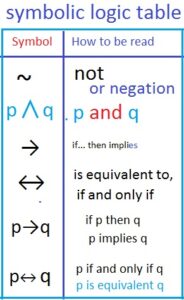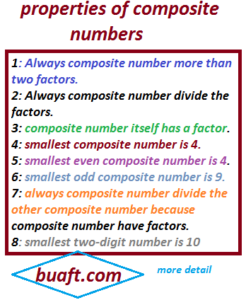Equal set writing method
Two sets A and B are equal that is A=B if and only if we have the same elements that is if and only if every element of each set is an element of the other set .thus the equal set writing sets {3,4,5} and {4,3,5} are equal. From the definition of equality of sets, it follows that the mere change in the order of the elements of a set does not alter the set. In other words, while describing a set in the tabular form, its element may be writing in the order.
EXAMPLE:
A ={3,4,5} and set B= {4,3,5}
we arrange the number in set B = {3,4,5}
then the set {4,3,5} and {3,4,5}
thus A=B
NOTE:
(a) A=B if and only if they have the same element means if A=B they have the same elements and if A and B have the same element then A =B
(b) the symbol if and only if denoted by ” iff ” mathematically writing
EQUIVALENTS SET:

If the element of two sets A and B can be paired in such a way that each element of A is paired with one and only one element of is paired with one and only one element of B and so on…. then such a pairing is called one to one correspondence between A and B.
EXAMPLE:
A= {Tapir, Gama, Basher} and set B= {Asia, Fatima, Sami} then the six (1,-1) different correspondence can be established between A and B (i) (Tapir, Gama, Basher)
(Asia, Fatima, Sami)
(ii) (Tapir, Gama, Basher)
(Asia, Sami, Fatima)
we can write four remaining correspondence
Two set are said to be equivalent if a (1, -1) correspondence can be established between them.
EXAMPLE:
consider the set N= {1,2,3………….} and E = {2,4,6,……………..}
We can establish (1, -1) correspondence between them.
(1,2,3…………..)
(2,4,6……………)
thus, the set N and E are equivalent. But notice that they are not equal.
Remember that two equal sets are necessary equivalent. But the converse
may not be true That is two equivalent sets are not necessarily equal
Equivalent sets symbol:
sometimes the symbol ∼ is used equivalent sets to, Thus N ∼ E
RELATED POST:
